Earlier today I posed a question to our social followers on Twitter – who’d like to see some “behind the tech” stories, where we talk about what goes on behind the scenes both at Ausdroid, and in the Australian tech industry in general.
Unsurprisingly, I guess, quite a few people were interested to understand what goes on behind the scenes. Few people know how leaks actually happen. Few people understand how journalists can be simultaneously paid fairly modest salaries (for those who are paid at all) and yet find themselves flown extensively around the world. I guess most people can figure out why a journalist might like to fly business class, but few might understand how it’s all but a necessity these days.
Because of this lack of awareness, and because a lot of people I speak to – online, at my other job, and even family – are interested to understand how it all happens, I thought I’d take some time to write a bit about what goes on behind the scenes.
Tonight, I want to talk about how we get around the world to cover events.
For starters, most of the events we cover actually aren’t international events. While those launch events make headlines, on any given week we’re attending a few events around Australia, primarily held in Sydney. How those events take place is a little less exciting .. so let’s talk about the international ones.
Trade shows – MWC, IFA, Computex and more
From Mobile World Congress in February to IFA in September, major trade shows are a stable for the tech journalist – it’s where much of the year’s big news takes place, and where we get the opportunity to spend time with the brands that Ausdroid needs and wants to work with.
Trade shows can be as straight forward or as complex as you like to make them. Conceptually, at least, it’s not hard to book a flight and an AirBNB and attend a trade show. However, there’s a big difference between just attending – with no outcomes that you need to deliver – and covering where there are expectations, deliverables, meetings, timelines, embargoes and worse.
Planning in advance
Ausdroid’s planning for these events often begins well in advance. It’s now almost August, and with MWC 2020 six months away, we’re already starting to plan what our coverage will look like next year. Other trade shows are organised much more hastily – we arranged to attend Computex this year with only a couple of weeks’ notice, and it looks likely we’ll be at IFA 2019 with around six weeks to make it happen.
When we have the luxury of planning in advance, we can get better deals on hotels, accommodation, flights, and it gives us a better opportunity to plan to attend more events on the ground. Trying to organise anything last minute is difficult, and moreso when you’re trying to organise events around the other side of the world.
Travelling with a brand / company
Regardless of lead time, publications like Ausdroid typically attend a trade show under two broad types of arrangement. A journalist will either travel “with a brand” to a tradeshow, where the primary focus on covering a particular brand’s announcements, or will travel with sponsorship from a number of brands where the focus is covering the show (and of course delivering for sponsors).
Travelling with a brand is, from one perspective, much easier. A tech company – e.g. Samsung, LG, Huawei or Microsoft – will offer to take a journalist to a trade show, and in doing so, will cover flights, accommodation, and usually some meals. This is great, because the journalist often needs to arrange (and pay for) very little themselves. The expectations vary wildly – some brands set out no concrete expectations, others ask that you write a minimum number of stories about their announcements – but generally, they’re quite manageable.
The downside to travelling with just one brand is that you are, effectively, beholden to them. You feel (are?) obliged to attend their events in preference to any others, which may make covering other announcements rather difficult. At an event like MWC, where there are events almost 24/7 for a week, being tied to just one brand can make covering the entire tradeshow a bit more difficult.
There are those who will nevertheless manage to do both, accepting some of the host brand’s events and skipping others, but it’s almost always a negotiation – a brand footing the entire cost for getting you to an event has a reasonable expectation of your paying attention to what they’re doing, not covering a competitor’s stuff.
Travelling with sponsorship from a number of places
For Mobile World Congress, this has become Ausdroid’s preferred way to cover the entire show. It means that instead of being entirely paid for by one company, we could be paid for by three, four, five, or many more. This year, for example, we travelled with sponsorship from three major brands, and with freelance briefs from two other media outlets.
There’s a number of benefits to this, many of which are pretty obvious.
For starters, because no one is “hosting” us, we book our own flights, accommodation and make our own arrangements. It means we can fly our preferred airlines, stay where we want, and we have a lot of flexibility with how we schedule ourselves.
Instead of having to give all of our attention to one brand, we have smaller expectations for a number of companies. Instead of having to attend everything one company does, the expectation in exchange for sponsorship might be “to attend our launch event and write a story about our new product”. An obligation that’s much easier to discharge!
It also means that we can use the sponsorship money how we choose, instead of having a company decide for us. For example, we used sponsorship for 2019’s MWC to get five of us to the show, and we covered everything while meeting every obligation our sponsors asked of us.
There’s downsides, of course. When you’re travelling on a sponsored trip (rather than “with” a company), you generally don’t get the bells and whistles. Your transfers won’t typically be covered, you won’t typically stay in a flashy hotel, and while you might get invited out for dinner, it’s far from a forgone conclusion.
So what do companies pay for all this?
Having spent a bit of time discussing the mechanics of these trips, you’ve probably gathered that money changes hands, and sometimes, quite a lot.
When hosting a journalist at an international event, a company could easily spend upwards of $10,000 to $20,000 per head. What does that get you? Generally, this:
- Return business class travel (unless it’s a very short flight)
- Accommodation in a pretty good hotel
- Breakfast usually included, and most evening meals
- Transfers overseas (and sometimes in Australia)
- Some form of tourist activities – a tour, a cultural visit, etc.
We’ll talk about why journalists often fly business on longer international journeys in a separate story, but that alone isn’t cheap. Return business class flights to Europe range from $5,000 to $10,000 depending on when they’re booked. The rest of what’s on offer typically cost less, but they all add up.
Sponsorship might cost a tech company much less – maybe a couple of grand, maybe five, but generally not more – and the expectations are conversely less too.
What do you do at these things?
It might sound like a great big party! But, sadly, it isn’t usually. More often, it’s a lot of hard work.
Let’s take this year’s Mobile World Congress.
Jason arrived late on a Thursday night after almost 24 hours travelling, and stayed at a cheap hotel near the airport. Scott, Duncan, Phil and I joined him the following morning for breakfast (after our own 24 hour flights from Brisbane, Sydney and Melbourne) before we collectively made our way to the AirBNB we’d booked.
This wasn’t a fancy AirBNB either – with three bedrooms, Duncan and Phil shared a fairly small space, Scott had a tiny room to himself, and Jason had a larger room (after enduring a couple of small cramped quarters in past years). I stayed in the most fabulous room – on the sofa bed in the lounge room.
We had the rest of that day for a spot of tourism (warding off the inevitable collapse of exhaustion) and checked out the Sagrada Familia and a couple of other sites. All this was on foot (thanks to Barcelona’s metro system) but by early evening, we were all exhausted. An early dinner, and we were all dead to the world for 12 hours or so.
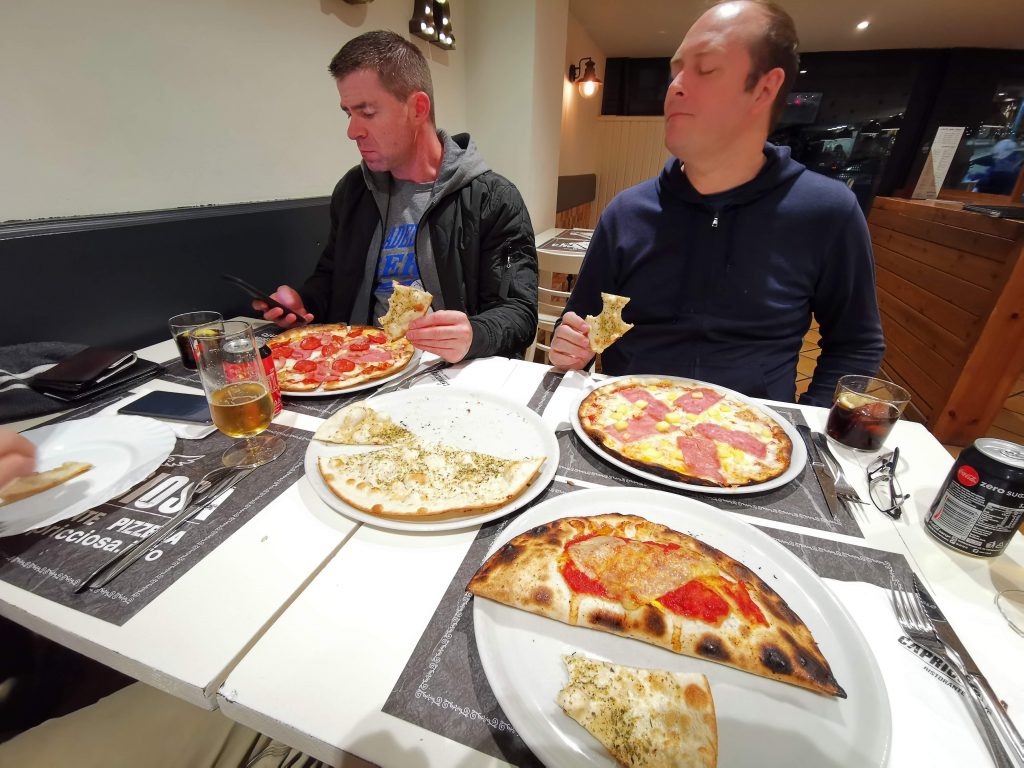
Saturday before MWC is usually a quiet-ish day, but we had a couple of events on. Scott attended an event with Oppo, and a couple of us attended other briefing events. Those of us not busy caught up with some other travelling journalists from Australia and elsewhere for lunch, and then we gathered back at the AirBNB for the afternoon which was spent reviewing material we’d received under NDA, drafting content for the site, and working out schedules for the next couple of days. We went out for a few beers and dinner afterwards with a company that invited us out.
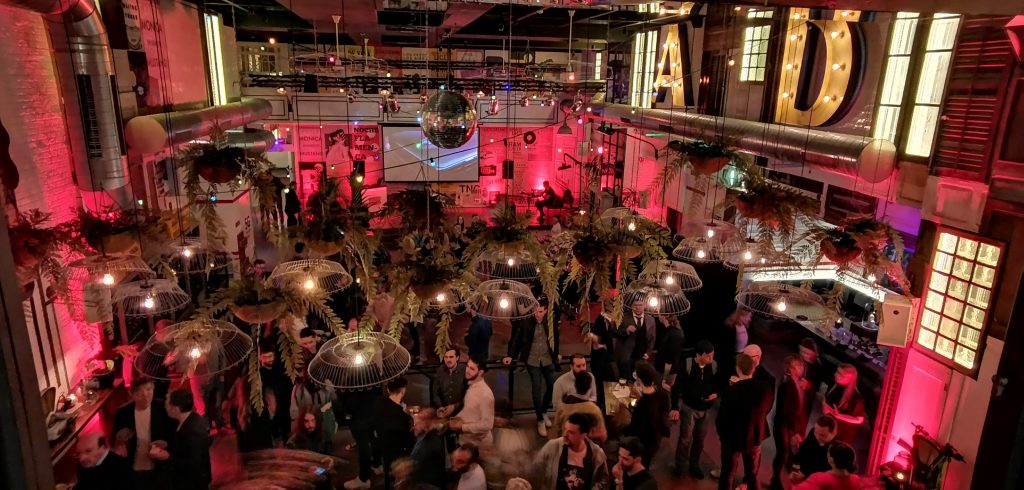
Sunday is press day at MWC, and all of us spent the day between various events held by tech companies. In total, we attended two events each, making a total of nine or ten (I’ve lost track now). By the end of it, having attended events for every major company at MWC, we were all dead on our feet, and the actual trade-show hadn’t even begun.
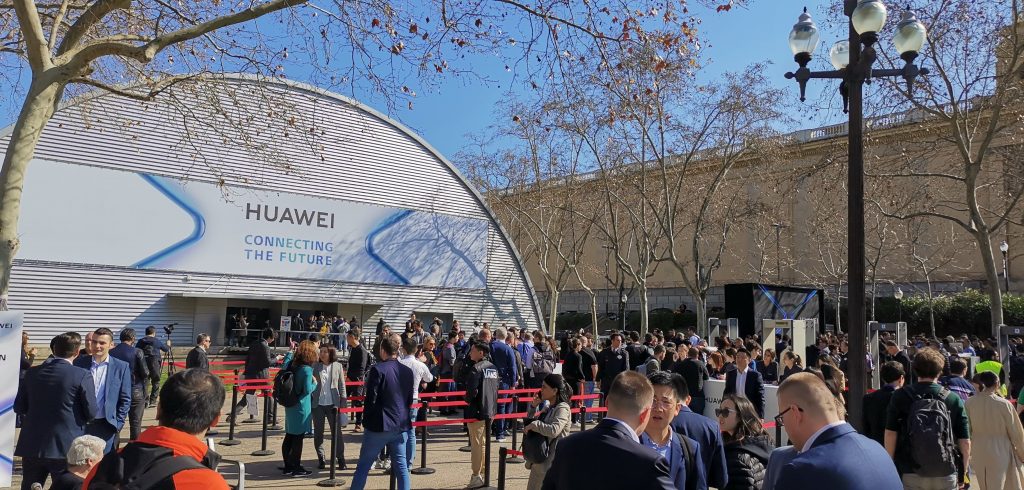
Many of us had walked over 10km, travelled by bus, taxi and metro, and eaten tidbits between closely scheduled events. It’s fun, yes, but very draining.
Monday, Tuesday and Wednesday are the actual days of the tradeshow, and these days are (mostly) similar – getting up early in the freezing cold Barcelona winter, and – along with up to 120,000 other people – making our way to Fira gran via where the show is held.
The metro is often the best way to get there, but it can be packed – like sardines – and sometimes the metro drivers strike around the time of MWC making train travel unreliable or impossible. Other times a taxi is best, but you get snarled in Barcelona’s legendary traffic queues. Other times, it’s best just to walk .. and it’s a bloody long walk.
At the conference itself, time is spent between smaller events held during the trade-show days, meetings with brands to talk one on one about their new products, upcoming ideas etc, gathering hands-on photos, videos and writing reports, attending congress events (broad briefings on 5G, for example), eating fairly ordinary, expensive food, dialing into podcasts and radio shows back home, and maybe having five minutes to relax.
These days often start before 7am, and its a rare day at MWC when you’re back at the AirBNB before 6pm. Then there’s stories to be written up, photos to be sorted through, discussions to be had amongst ourselves about what we’ve seen, editing other people’s stories, and maybe time for dinner. Some nights you’re out with others for a few beers and a decent meal, other nights is a glass of soft drink and a slice of pizza from downstairs.
After two or three days of this, most of us have thoroughly had enough. There’s no new news coming out (this all happens in the early days of the show), and even the exhibitors are exhausted.
It’s a good time to do some of the experiences found at the show – Google’s Android Avenue, VR demos with exhibitors, and for those who’ve had enough show, time to do a bit of shopping for those back home.
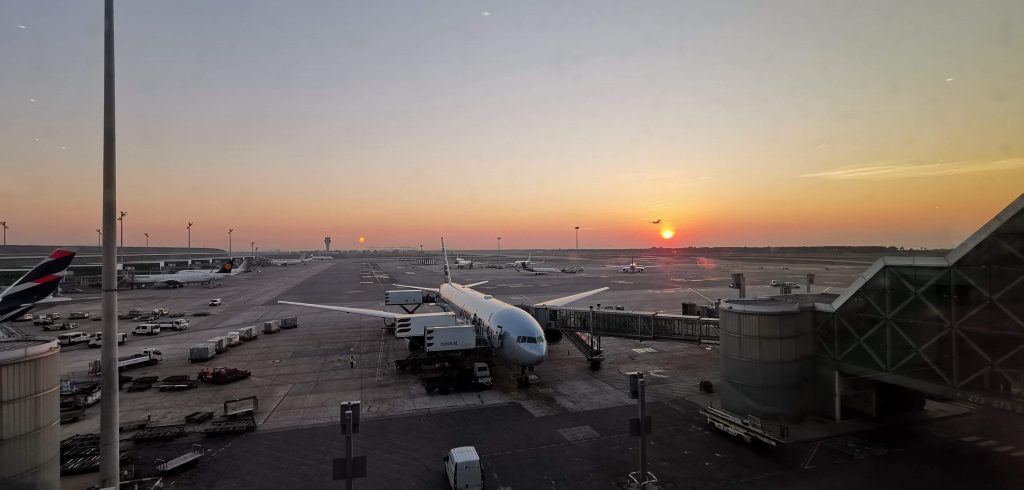
Most of us left first thing Thursday morning (meaning a 5am departure from the AirBNB) while Scott and Jason stayed on a day or two for a bit of tourism and relaxation.
As you can see, attending a trade show like MWC is a huge undertaking, and it’s far from a holiday or even a glamorous experience. By the end of the week, we’re quite happy not to see each other for a while and to get back home!

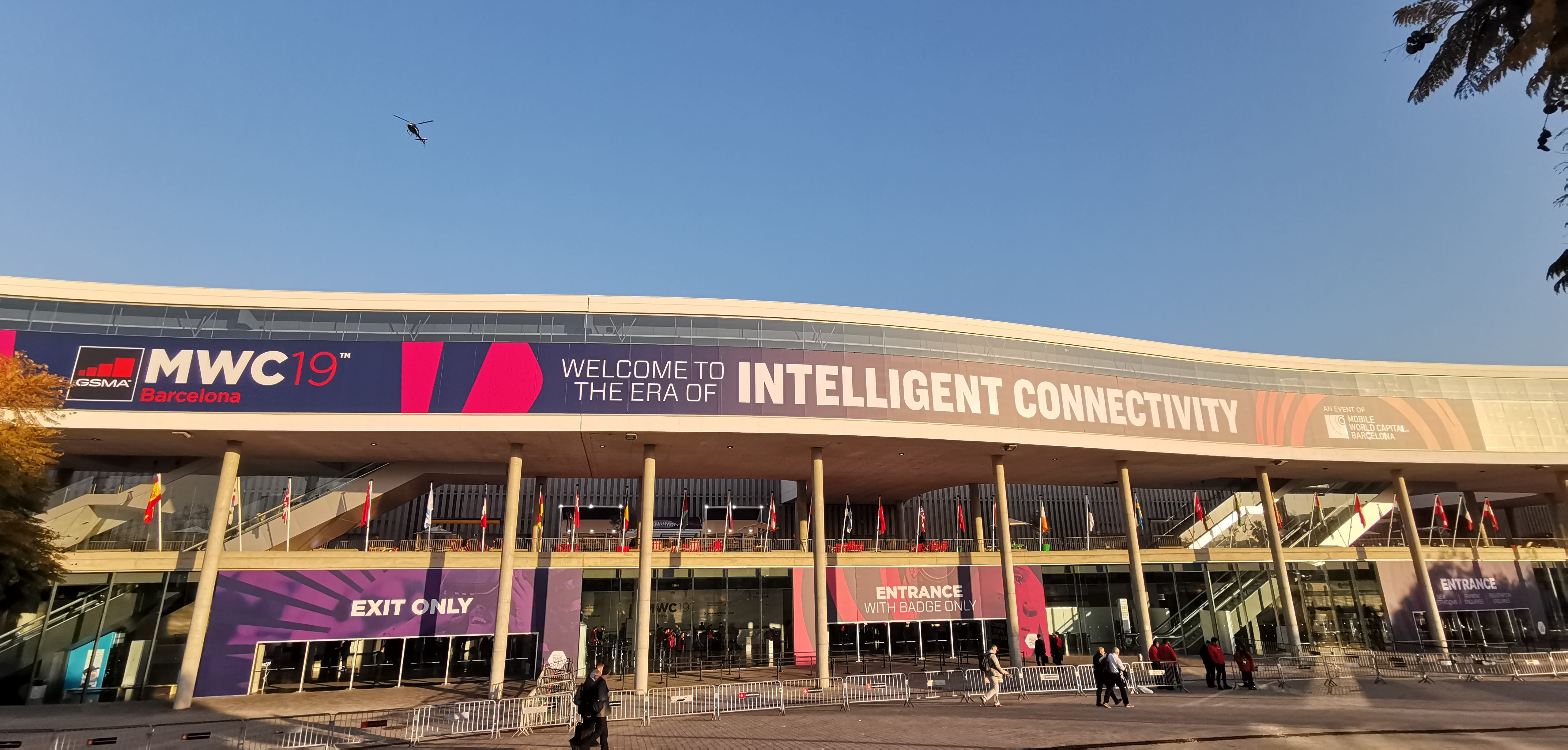



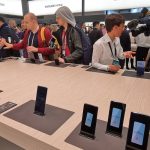



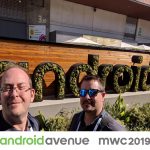
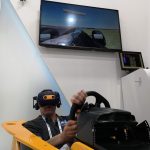




Hi Tibb, the answer to your question is yes – but not for that reason. Every time we are offered sponsorship, from whichever company, we consider the issues involved in accepting it, and not just from Chinese companies – from any. We consider whether we will continue to be allowed our editorial freedom, whether we will be able to cover what we want to cover (and not be dictated to), and whether accepting sponsorship would compromise any of our values. There have been one or two occasions where we have knocked back sponsorship offers because we would not have been… Read more »
Unfortunately if you adopt that as your criteria, you’d exclude US made products too, because what they’re up to in their immigration detention facilities sounds like a human rights abuse as much as any other.
Chris, an accom question comes to mind. How hard is it to organize accom if a mobility impaired staff member is attending?
Ausdroid: Bought to you by Huawei 😉
Yes, Huawei does sponsor Ausdroid regularly, and we’re grateful for that. This is an arrangement we are happy with, and are happy to have continue. From an Ausdroid perspective, as hosts, Huawei allow us to cover what we want to cover, do not curtail our coverage or prevent us from asking questions which may be embarrassing, and in general, their sponsorship is in line with our values. We accept and acknowledge that there is public discussion about the relative merits of Huawei, and Chinese companies in general, but it’s an area of public debate that we’re not really qualified to… Read more »
Reading the article, a travel related pair of questions comes to mind. Why the separate flights to MWC? Why not all fly to one city in Australia and all travel on the same flight? Flying business class is an essential. Not for all the business class luxury, but the physical space to be able get work done en route, and the baggage limits both checked and carry on. If it’s a night time flight, then there’s the chance to get some decent sleep, so you’re not doubly worn out at the destination from timezone differences and the duration of the… Read more »
Hi Jeni,
Phil Duncan and I did actually meet in Sydney and flew together from there. We flew together back to Doha too, then separate flights back home.
I agree with you in business travel and one of our next pieces will be about this.
The amount of walking is nuts. 26,000 steps a day isn’t unheard of especially on press day.
And yes the pace of reporting is exhausting, and on top of MWC coverage we’ve got to cover the other news that happens at home and abroad while we’re there.
Thank goodness it’s only a week!
Hi Jeni. Long term reader like yourself. Enjoy what you say a lot more these days. Spot on comments. Very insightful
You posed the question to Twitter followers. Why didn’t you pose it to the people who financially support Ausdroid on Patreon?